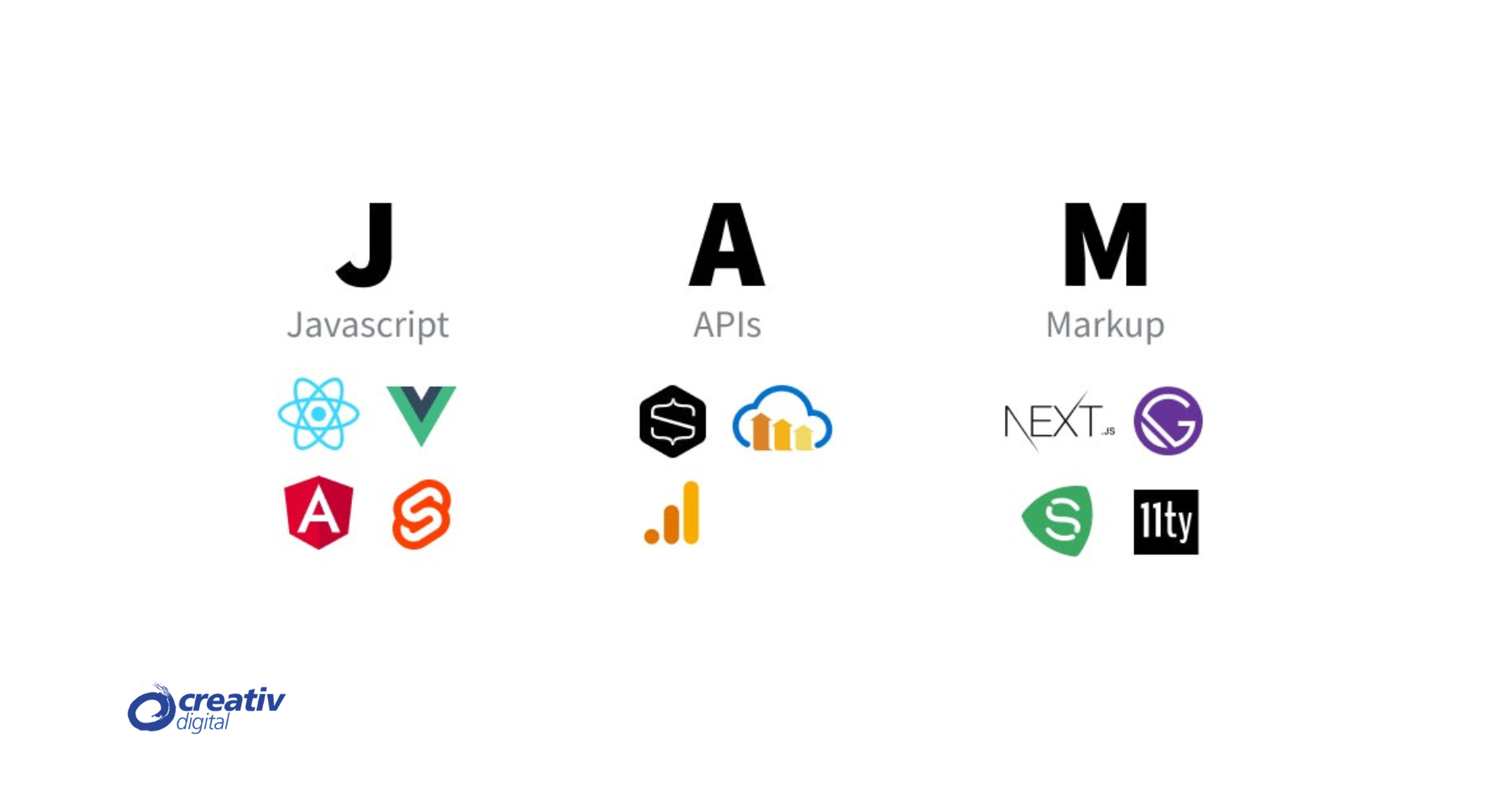Enabling browser caching in WordPress is a powerful technique to enhance your website’s performance and improve the user experience. Browser caching allows your visitors’ browsers to store static files locally, reducing the need to re-download them every time they visit your site. This can significantly speed up page load times and decrease server load. In this comprehensive guide, we’ll walk you through the steps to enable browser caching in WordPress.
How to Enable Browser Caching in WordPress
Here’s a step-by-step guide to help you enable browser caching in WordPress:
1. Use a Caching Plugin
The easiest way to enable browser caching is by using a caching plugin. Popular options include:
- WP Super Cache
- W3 Total Cache
- WP Fastest Cache
Using WP Super Cache:
- Install and activate the plugin: Go to Plugins > Add New, search for “WP Super Cache,” install, and activate it.
- Configure the plugin: Go to Settings > WP Super Cache. Under the Easy tab, click “Caching On” and then “Update Status.”
- Enable browser caching: Go to the Advanced tab, check “Enable browser caching,” and save changes.
Using W3 Total Cache:
- Install and activate the plugin: Go to Plugins > Add New, search for “W3 Total Cache,” install, and activate it.
- Configure the plugin: Go to Performance > General Settings.
- Enable browser caching: Scroll down to the Browser Cache section, check “Enable,” and save changes.
- Configure browser cache settings: Go to Performance > Browser Cache, configure settings like “Set expires header,” “Set cache control header,” and save changes.
2. Modify the .htaccess File
If you prefer not to use a plugin, you can manually enable browser caching by adding code to your .htaccess file.
- Access the .htaccess file: Use an FTP client or the file manager in your hosting control panel to locate your .htaccess file in the root directory of your WordPress installation.
- Add caching rules: Insert the following code at the end of the .htaccess file:
Copy code
<IfModule mod_expires.c>
ExpiresActive On
ExpiresByType image/jpg “access plus 1 year”
ExpiresByType image/jpeg “access plus 1 year”
ExpiresByType image/gif “access plus 1 year”
ExpiresByType image/png “access plus 1 year”
ExpiresByType text/css “access plus 1 month”
ExpiresByType text/html “access plus 1 hour”
ExpiresByType application/pdf “access plus 1 month”
ExpiresByType text/x-javascript “access plus 1 month”
ExpiresByType application/x-shockwave-flash “access plus 1 month”
ExpiresByType image/x-icon “access plus 1 year”
ExpiresDefault “access plus 2 days”
</IfModule>
- Save the file: Save and upload the modified .htaccess file back to your server.
3. Use a Content Delivery Network (CDN)
A CDN can handle browser caching for you, delivering cached content from servers closer to your users. Popular CDNs include:
- Cloudflare
- MaxCDN (now StackPath)
- Amazon CloudFront
Using Cloudflare:
- Sign up and add your website: Create an account on Cloudflare and add your website.
- Configure caching settings: Go to the Caching tab, set the “Browser Cache Expiration” to the desired time (e.g., 1 month).
Final Tips to Enable Browser Caching in WordPress
- Test your website: After enabling browser caching, test your website’s performance using tools like Google PageSpeed Insights or GTmetrix to ensure improvements.
- Clear your cache: If you make changes to your site, clear your cache to ensure visitors see the most recent content.
By following these steps, you can enable browser caching in WordPress, leading to faster load times and a better user experience. By storing static files locally in users’ browsers, you can significantly reduce load times, improve user experience, and boost your SEO rankings. Whether you choose to edit server configuration files or use a caching plugin, the benefits of browser caching are undeniable. Follow the steps outlined in this guide to implement browser caching on your WordPress site and enjoy a faster, more efficient website.



